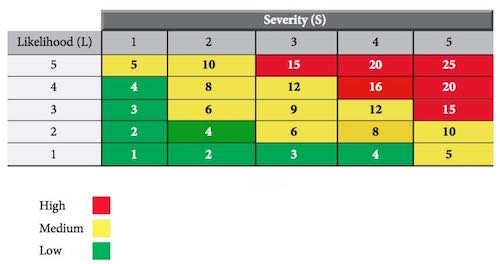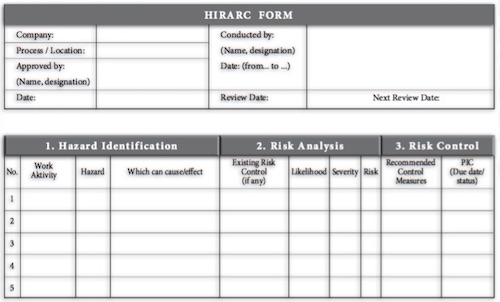Chemical Fire Safety - Most of the solvents used in the laboratory is flammable such as carbon disulphide, ether, benzene, toluene, alcohol, ethyl chloride, methyl chloride, pentane, hexane, nitrometana (acetonitrile) and acetone. Physical properties, flash point and auto-ignition temperature must be known in order to consider the potential hazards.
For example, contact with a hot surface will cause burns carbon disulphide. Ether vapour is heavier than air and will "creep" along the surface of a work desk, or flowed over the floor, and possibly fire. Therefore some general safety rules must be followed and made constant practice to avoid or minimize fire.
The following may be used as a guide to control fire hazards arising from the chemical. However, refer your manual for more accurate safety procedures in accordance with the experiment done;
- Only reactions involving flammable solvent volume of 500 ml or less, to be done in the lab. Larger experiments should be done in a special room. The process of recovering the solvent, must be performed in a special room.
- Storage of flammable solvents in laboratories must not exceed 2.5 liters or a Winchester bottle and kept in a closed place like a special cabinet. Quantity permitted in the open, on a shelf or desk work is less than 500 ml. Transfer the solvent between containers must be carried in fume chamber.
- Flammable liquids should not be poured from one container to another container or heat near an open flame.
- In experiments that require heating special attention should be given to the heating medium, the selection depends on the temperature of the heating medium used.
- Solvent boiling temperature (less than 100C at 760mmHg) should be heated in a steam bath or an electrically heated water or electric mantle. High boiling temperature of the solvent must be heated in a bath of oil or low pressure steam or water immersion.
- All connections must be exactly right so that no leakage occurs.
- The vapor is condensed to be efficiently removed so that no one could freely into the lab. If possible, each experiment must be carried out in a fume chamber.
- Adjust the heating fluid to build up in the condenser. If this happens the liquid may be sprayed out of the apparatus and is struck or burned by fire away.
- Apparatus made of glass that will be used to heat flammable liquids should be carefully examined as defects that may exist such as cracks, scratches and uneven wall thickness.
- Heating by means of fire, gas or heating element usually carries the danger of fire from flammable vapors which are not condensed or cracking the glass apparatus.
Huge Texas chemical fire on Oct 3, 2011. Photo : abcnews














